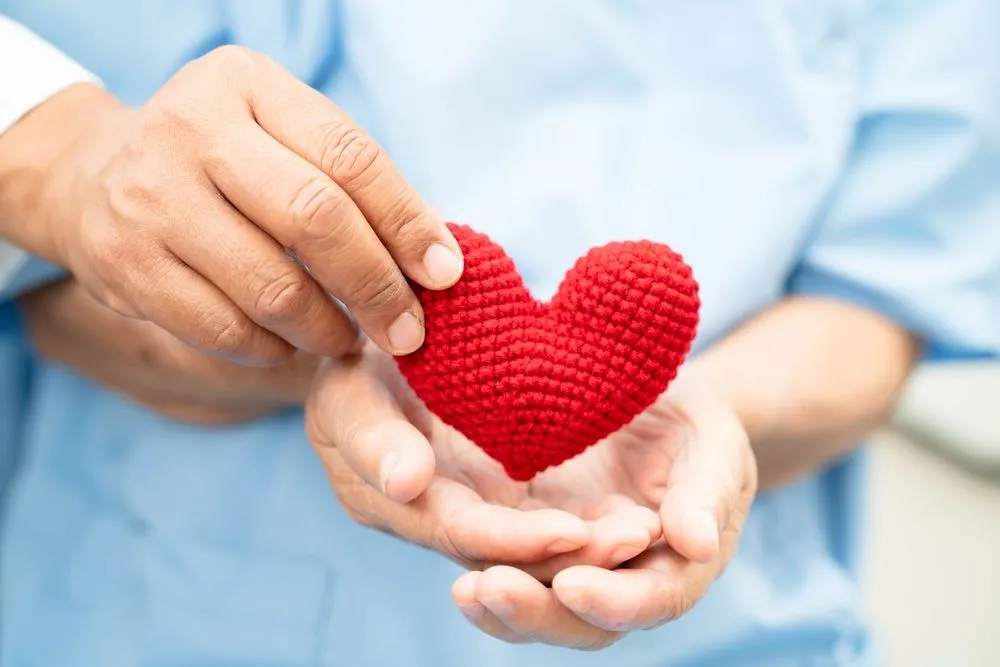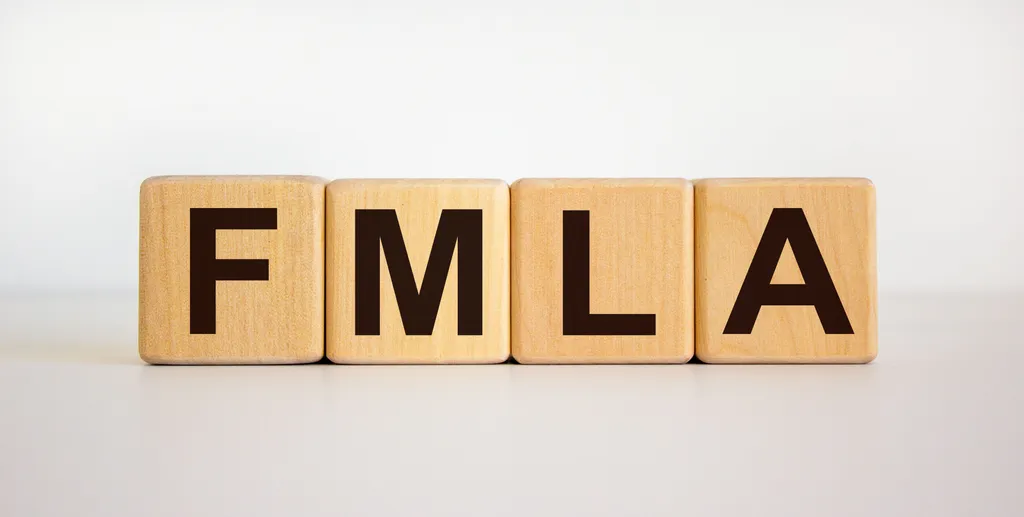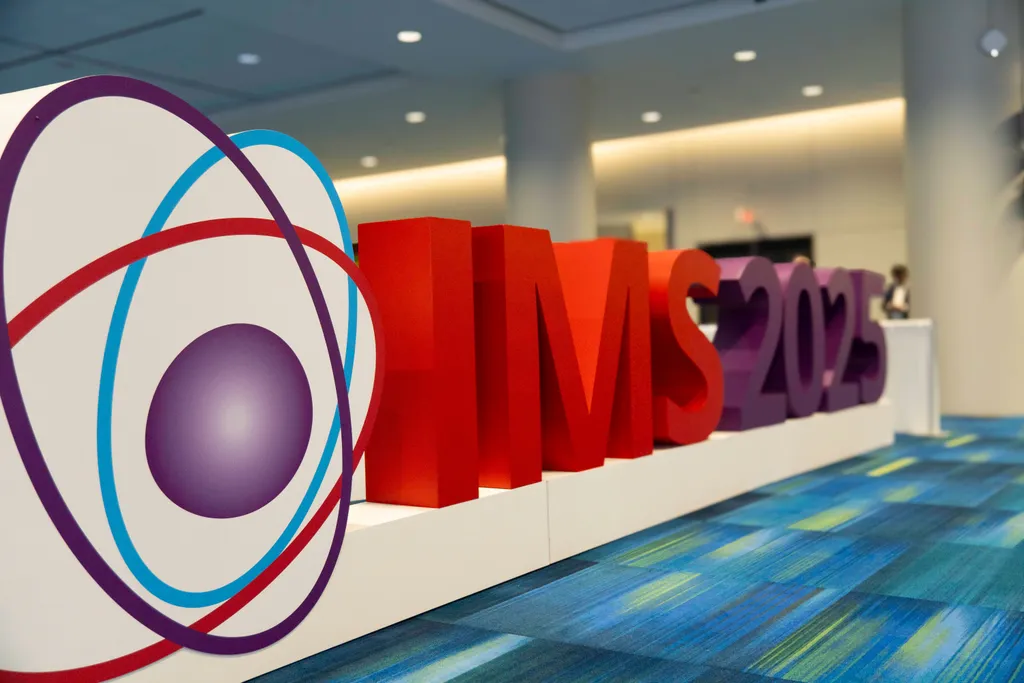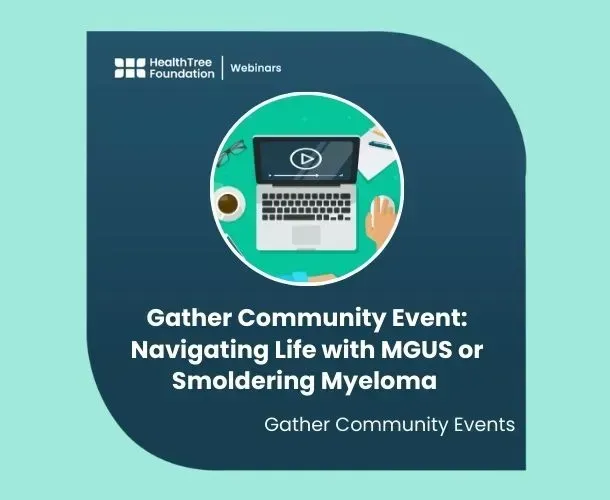Conserve Energy to Live Fully with Myeloma

Energy Conservation
Save your Mojo
If you have Multiple Myeloma you may fatigue easily. There may be a need to prioritize activities in your day, or as one of my patients says, “Save my mojo”. In rehabilitation, we discuss ways to increase your energy levels slowly over time and how to conserve energy. We manage fatigue by reorganizing your environment in a more efficient manner to streamline tasks.
At Work
For example, consider your job. Pace yourself with more difficult tasks during your peak energy times, which for many people, is earlier in the day. Organize your work schedule to alternate physical activity with desk work to give yourself pace and rest breaks. At your workspace, place frequently used items closer to you to minimize reaching, bending, and lifting. Consider using an earpiece so you don’t have to hold up the phone for long periods of time.
At Home
These same principles will help you at home. For example, when making dinner. there are levels of ease. The easiest is a service like Meals on Wheels delivered daily, the next level is occasional take-in, a meal delivery service subscription, or pre-packed foods from a grocery or restaurant. If you like cooking simple healthy meals at home that is a great option that can save money. With a well-organized pantry and refrigerator that has frequently used items on a shelf where you don’t have to bend, reach, or lift. A few simple changes can make a difference such as:
- Layout your ingredients before starting
- When you empty your dish rack or dishwasher at night, leave out the dishes you will need to use the next day
- Place a stool in the corner of your kitchen to sit while you cook
- Slide heavier items instead of lifting them when possible
- When you prepare meals, make 3 or 4 times as much. Freeze a portion for another time. If the meal was good, you can have leftovers for another dinner or lunch. Remember, leftover proteins like chicken or fish can be seen again incognito over a salad or in a taco another day soon.
- Soak your dishes for ease of washing and air dry
Helpful Items
There are common assist devices available like a stool, handle extensions, and reachers. Good posture and position will decrease energy expenditure. Lightweight shoes, like running shoes, are supportive and won't weigh you down when walking. There is so much more detail available at St Joseph’s Healthcare- they offer a booklet at this link. University of California San Francisco also has a nice handout that offers additional tips. You can find that here.
Doing less physical work can require a bit more mental work for preparation up front, but will save you energy in the long run. After a while. your home will be streamlined for efficiency. Keep in mind some general concepts:
- Get organized first
- Plan ahead to optimize tasks
- Go at a comfortable pace and take rests breaks before you get tired
- Stagger your tasks throughout the week to avoid exhaustion
Beth volunteers her time and shares her personal experience and understanding of living with myeloma as a Myeloma Coach. She helps others by sharing what she has learned and the resources that have helped her. If you are living with or caring for someone with myeloma and looking for ways to give back, consider becoming a Myeloma Coach. Coaches are asked to volunteer up to eight hours a month for one year. Initial and ongoing training and support are provided.
Become or find a myeloma coach
Energy Conservation
Save your Mojo
If you have Multiple Myeloma you may fatigue easily. There may be a need to prioritize activities in your day, or as one of my patients says, “Save my mojo”. In rehabilitation, we discuss ways to increase your energy levels slowly over time and how to conserve energy. We manage fatigue by reorganizing your environment in a more efficient manner to streamline tasks.
At Work
For example, consider your job. Pace yourself with more difficult tasks during your peak energy times, which for many people, is earlier in the day. Organize your work schedule to alternate physical activity with desk work to give yourself pace and rest breaks. At your workspace, place frequently used items closer to you to minimize reaching, bending, and lifting. Consider using an earpiece so you don’t have to hold up the phone for long periods of time.
At Home
These same principles will help you at home. For example, when making dinner. there are levels of ease. The easiest is a service like Meals on Wheels delivered daily, the next level is occasional take-in, a meal delivery service subscription, or pre-packed foods from a grocery or restaurant. If you like cooking simple healthy meals at home that is a great option that can save money. With a well-organized pantry and refrigerator that has frequently used items on a shelf where you don’t have to bend, reach, or lift. A few simple changes can make a difference such as:
- Layout your ingredients before starting
- When you empty your dish rack or dishwasher at night, leave out the dishes you will need to use the next day
- Place a stool in the corner of your kitchen to sit while you cook
- Slide heavier items instead of lifting them when possible
- When you prepare meals, make 3 or 4 times as much. Freeze a portion for another time. If the meal was good, you can have leftovers for another dinner or lunch. Remember, leftover proteins like chicken or fish can be seen again incognito over a salad or in a taco another day soon.
- Soak your dishes for ease of washing and air dry
Helpful Items
There are common assist devices available like a stool, handle extensions, and reachers. Good posture and position will decrease energy expenditure. Lightweight shoes, like running shoes, are supportive and won't weigh you down when walking. There is so much more detail available at St Joseph’s Healthcare- they offer a booklet at this link. University of California San Francisco also has a nice handout that offers additional tips. You can find that here.
Doing less physical work can require a bit more mental work for preparation up front, but will save you energy in the long run. After a while. your home will be streamlined for efficiency. Keep in mind some general concepts:
- Get organized first
- Plan ahead to optimize tasks
- Go at a comfortable pace and take rests breaks before you get tired
- Stagger your tasks throughout the week to avoid exhaustion
Beth volunteers her time and shares her personal experience and understanding of living with myeloma as a Myeloma Coach. She helps others by sharing what she has learned and the resources that have helped her. If you are living with or caring for someone with myeloma and looking for ways to give back, consider becoming a Myeloma Coach. Coaches are asked to volunteer up to eight hours a month for one year. Initial and ongoing training and support are provided.
Become or find a myeloma coach

about the author
Beth Travis
Beth is a licensed Physical Therapist that truly believes in the benefits of exercise. Mother of two, a myeloma patient and advocate with a love of learning, healthy lifestyles and food adventures.
More on Navigating Your Health
Trending Articles




Get the Latest Multiple Myeloma Updates, Delivered to You.
By subscribing to the HealthTree newsletter, you'll receive the latest research, treatment updates, and expert insights to help you navigate your health.
Together we care.
Together we cure.
3x Faster.











